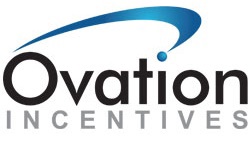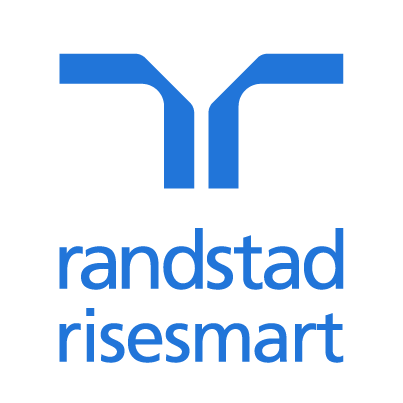It’s a fact that cannot be denied: technology has transformed HR. Firstly HR automation has allowed HR professionals to free themselves from basic administrative tasks and concentrate on more strategic value-add activities that actually make a difference to their people. Secondly, and connected to the point above, technology enables organisations to collect ever-growing amounts of data on a wide range of areas. The analysis of this employee data will in turn have a huge impact on how HR and the benefits and reward function operates.
Though some functions have already been radically changed by technology, others are still undergoing the process. Our new research, Innovation generation - the big HR tech disconnect 2019/20 – a global survey of over 380 HR and reward professionals working in multinational organisations – reveals that when it comes to data analysis, job prospects are promising. Asked about their intentions, 17% say they are looking to hire additional data talent, 32% will upskill their existing teams, and a further 17% will be doing a mixture of both.
So data careers look set to flourish. However, data will only ever be as useful as the technology that underpins it, turning it into practical and usable insights. It is in this area that we find the significant ‘disconnect’ between the data promise and its actual delivery. A significant 68% of organisations report that their biggest barrier to investing in new technology is that existing tools are not fit for purpose. Furthermore, and arguably as a result, many are struggling to get buy-in for new tech investments from the C-suite. According to The Workforce Institute, 55% of employees say that it’s easier to search for a film on Netflix than it is to check their employee benefits online.
Yet the demand for quality data insights is growing exponentially. Our research found that 56% of employers collect employee benefits data on take-up and scheme engagement now, yet in three years 97% say they’ll be doing it. Today just 21% say they are using building sensors to measure footfall and desk-time around their workspaces. By 2022, 50% say they’ll be measuring this.
Taking into account that 33% of organisations classify themselves as technologically innovative, and 27% see themselves as early adopters of new technology, there is a huge disconnect between how they see themselves and the reality.
The danger is clear: unless employers recognise the disconnect and make significant changes, there will remain a gulf between technology adoption and the ability of HR teams to use this technology and the data it generates to deliver meaningful, business-transforming metrics.
Employee wellbeing, engagement with benefits, even long-term retirement planning – all of these activities and many more will be dependent on the gathering and analysis of larger and larger amounts of data. Analytics talent is already being put in place, but the danger is that the technology could lag behind this investment.
So while the future for HR teams is bright and the benefits of data analysis and measurement are powerful, it’s critical that investment decisions taken around technology are the correct ones. If not the disconnect will mean data simply won’t deliver on its promise, and both employers and employees won’t reap the huge benefits out there waiting to be grasped.
To download your copy of the full report, click here
Matthew Jackson is vice president - proposition and client solutions at Thomson Online Benefits












